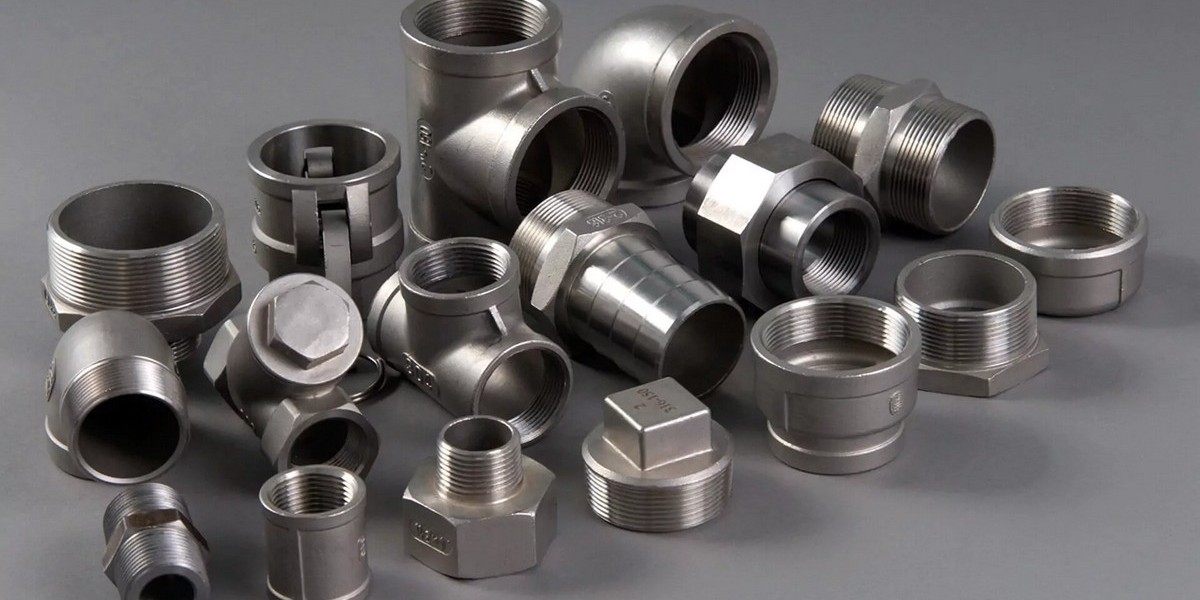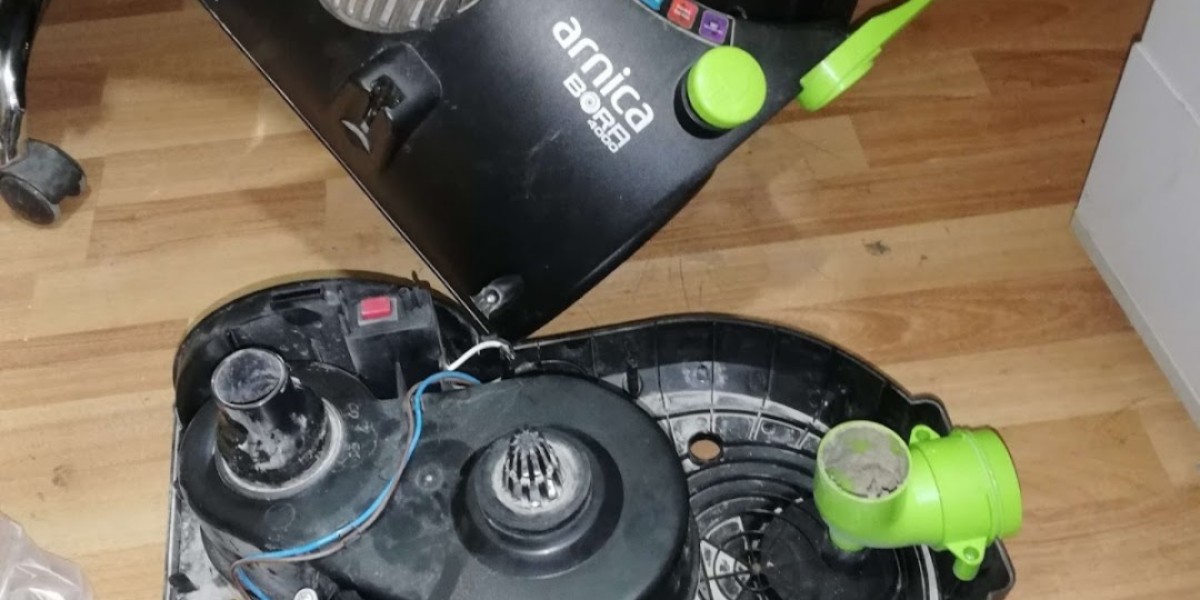Industrial systems today demand accuracy, safety, and efficiency. Whether in oil refineries, chemical plants, or power stations, fluid and gas must move smoothly through complex piping networks. Any leak or failure can cause costly downtime or serious hazards. That is why instrumentation tube fittings are essential.
These fittings ensure secure, leak-proof connections without welding. Their design makes them suitable for high-pressure, high-temperature, and corrosive environments. In this blog, we will explore what instrumentation tube fittings are, their types, advantages, and applications across industries.
Understanding Instrumentation Tube Fittings
Instrumentation tube fittings are precision-engineered connectors used to join sections of tubing in industrial applications. Unlike traditional pipe fittings, they use ferrules and nuts to create tight seals.
They are designed for systems that require absolute reliability, such as hydraulic lines, gas delivery systems, and chemical transport. Their versatility, durability, and ease of installation make them the first choice in critical industries.
Types of Instrumentation Tube Fittings
Instrumentation fittings are available in several configurations to suit different system requirements.
1. Compression Fittings
Use a nut, body, and ferrule to create a leak-tight seal.
Easy to assemble and reusable.
Applications: Hydraulic circuits, oil pipelines, lab equipment.
2. Ferrule Fittings
Available in single and double ferrule types.
Double ferrule fittings provide extra grip and vibration resistance.
Applications: Marine, aerospace, and chemical plants.
3. Elbows, Tees, and Crosses
Elbows: Redirect flow (45° or 90°).
Tees: Split flow into two paths.
Crosses: Distribute flow into multiple directions.
Applications: Complex piping layouts.
4. Couplings
Connect two tubes of the same or different diameters.
Available in straight, reducing, or bulkhead forms.
Applications: Continuous piping in industrial systems.
5. Adapters and Reducers
Allow connections between different thread types or tubing sizes.
Applications: Instrument panels and mixed-size networks.
6. Bulkhead Fittings
Designed for tubes that pass through walls or panels.
Provide secure mounting and leak-proof seals.
Applications: Instrumentation cabinets and marine systems.
7. Caps and Plugs
Stop fluid flow in a system during shutdown or maintenance.
Applications: Isolation of pipelines and test systems.
8. Valves and Manifolds
Used alongside fittings to control flow and pressure.
Applications: Process plants, refineries, and power generation.
Materials Used in Instrumentation Tube Fittings
The choice of material depends on the operating environment.
Stainless Steel (304, 316): Strong, corrosion-resistant, and durable.
Brass: Affordable, suitable for moderate pressure systems.
Carbon Steel: Economical for non-corrosive applications.
Nickel Alloys (Inconel, Monel, Hastelloy): Superior corrosion and heat resistance.
Copper Alloys: Excellent conductivity, ideal for HVAC and refrigeration.
Key Features of Instrumentation Tube Fittings
Leak-proof performance under high pressure.
Corrosion resistance in aggressive environments.
Vibration resistance for heavy-duty operations.
Easy installation without welding or soldering.
Reusability for long-term cost savings.
Versatility in sizes, materials, and configurations.
Advantages of Using Instrumentation Tube Fittings
Safety – Prevents leaks and accidents in critical systems.
Durability – Withstands pressure, temperature, and corrosion.
Efficiency – Maintains uninterrupted flow.
Cost Savings – Reduces downtime and maintenance.
Flexibility – Works with multiple tubing materials.
Compliance – Meets international standards for quality and safety.
Applications of Instrumentation Tube Fittings
Instrumentation fittings are widely used across industries due to their strength and reliability:
Oil and Gas: Pipelines, offshore rigs, and refineries.
Chemical Processing: Corrosive fluid transport.
Power Generation: Boilers, turbines, and steam systems.
Pharmaceuticals: Sterile fluid handling.
Food and Beverage: Hygienic transfer of liquids.
Marine Industry: Saltwater-resistant connections.
Aerospace and Defense: Hydraulic and fuel systems.
Automotive: Fuel lines, brake systems, and engines.
How to Select the Right Instrumentation Tube Fittings
When choosing fittings, always consider:
System Pressure and Temperature: Match the rating to conditions.
Material Compatibility: Ensure resistance to the fluid or gas.
Tube Size and Dimensions: For accurate sealing.
Environment: Exposure to chemicals, saltwater, or heat.
Certifications: Look for ASTM, ASME, or ISO approvals.
Best Practices for Installation
Use clean, burr-free tubes.
Follow the recommended tightening torque.
Avoid over-tightening to prevent damage.
Use correct installation tools.
Inspect fittings regularly for leaks or corrosion.
Replace worn-out parts immediately.
Future Trends in Instrumentation Tube Fittings
The industry is evolving with new innovations, including:
Smart fittings with built-in sensors for monitoring leaks and pressure.
Eco-friendly alloys to reduce environmental impact.
Miniaturized fittings for compact systems and micro-instrumentation.
Advanced coatings for enhanced corrosion resistance.
Conclusion
Instrumentation tube fittings may be small in size, but they have a huge impact on the reliability and safety of fluid and gas systems. They provide strong, leak-proof, and corrosion-resistant connections that keep industries running efficiently.
From oil and gas to pharmaceuticals and aerospace, their role is critical in ensuring system integrity. By selecting the right fittings and following proper installation practices, industries can achieve long-term safety, performance, and cost savings.
Investing in high-quality instrumentation tube fittings means investing in the future of industrial efficiency and safety.








